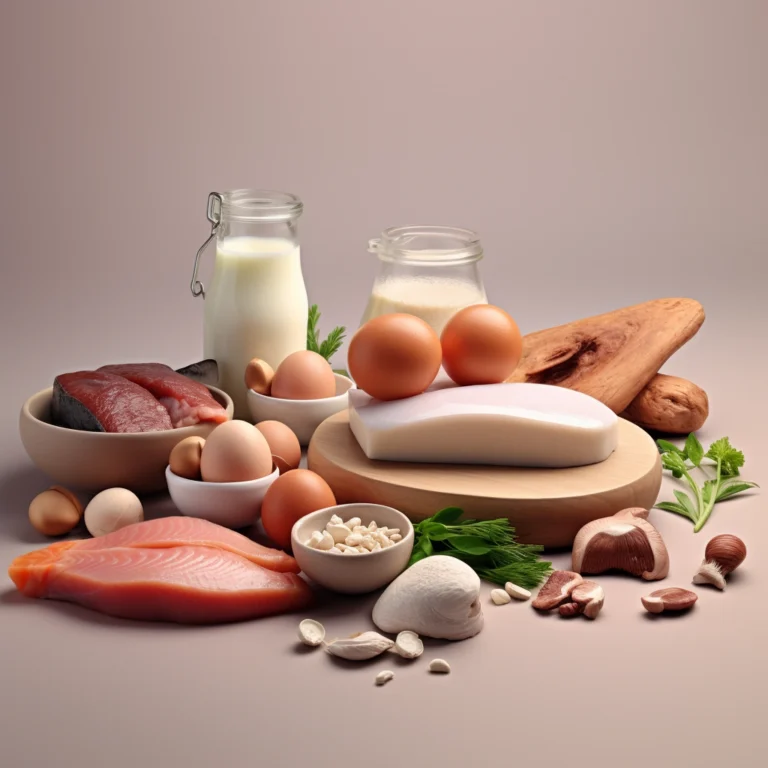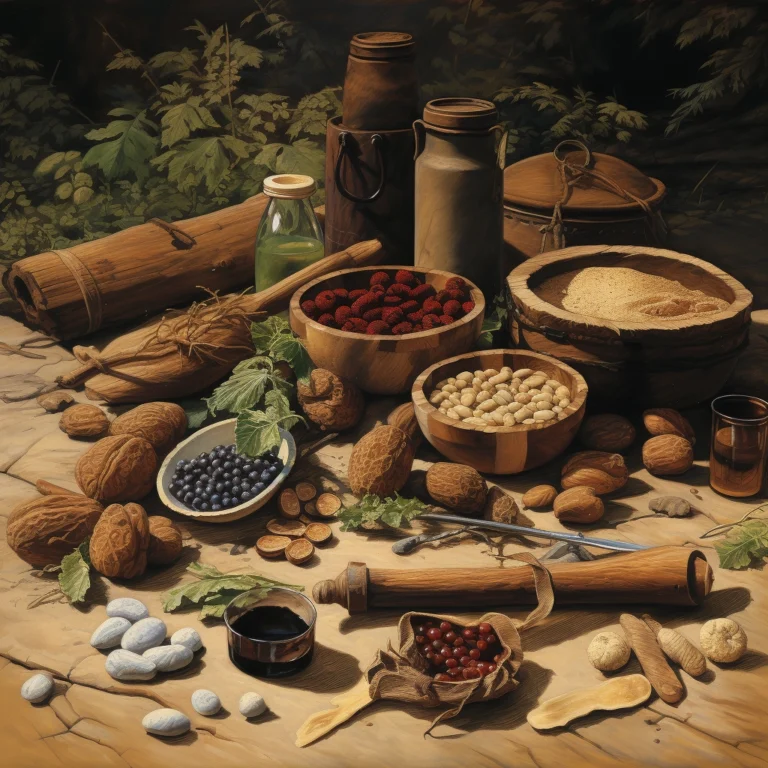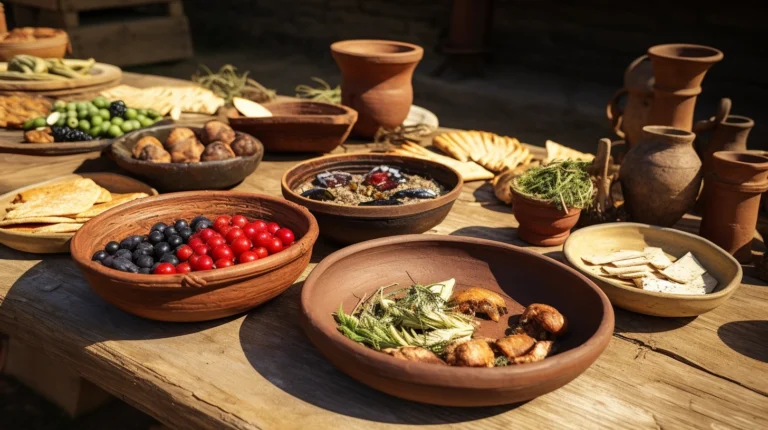The Iron Age, a period known for significant advancements in tools and farming techniques, also saw notable dietary practices that helped shape human civilization. While the specifics of what people ate during this era could vary widely depending on the region and available resources, several key patterns emerge from the archaeological and isotopic evidence. Here, we delve into three primary aspects of the Iron Age diet, providing a glimpse into the culinary life of our ancestors. So what did people eat in the iron age?

1. Predominance of Animal Protein
Iron Age diets were notably rich in animal protein. Evidence from regions like East Yorkshire, UK, indicates a significant reliance on domesticated animals, including cattle, sheep, and pigs, for meat. This era did not see a substantial contribution from marine sources, suggesting that freshwater and terrestrial animals were the primary sources of protein for many communities. Dairy products, derived from these domesticated animals, also played a crucial role in the diet, offering a valuable source of nutrition in the absence of modern food preservation techniques【Jay & Richards, 2006†source】.
2. Reliance on C3 Plants and Limited C4 Plant Consumption
Crops that utilize the C3 carbon fixation pathway, such as wheat and barley, were staples in the Iron Age diet. These temperate crops were cultivated extensively and formed a significant portion of daily caloric intake. The presence of C3 plants in the diet is a testament to the agricultural practices of the time, which centered around the cultivation of grains that could be stored and used throughout the year. Interestingly, there was also evidence of C4 plant consumption, such as millet, in certain areas, indicating regional variations in agricultural practices and dietary preferences. However, the contribution of C4 plants was limited, highlighting the dominance of C3 crops in the Iron Age culinary landscape【Knipper et al., 2017†source】.
Discover what we ate in the bronze age here.


3. Dietary Homogeneity Across Social Strata
One of the most intriguing aspects of the Iron Age diet is the apparent lack of significant dietary distinctions between different social statuses. Archaeological findings, particularly from sites like Basel-Gasfabrik in Switzerland, suggest that there was a degree of dietary homogeneity among the population. This uniformity in diet, regardless of social standing, suggests that the food available during the Iron Age was accessed and consumed by people across various segments of society. Such findings challenge the notion of markedly stratified dietary practices based on social hierarchy, at least in certain regions【Knipper et al., 2017†source】.
The Iron Age diet offers fascinating insights into the lives of our ancestors, highlighting a period when agricultural practices and domestication of animals significantly influenced human nutrition. The reliance on animal protein, the cultivation and consumption of C3 plants, and the dietary homogeneity across social strata paint a picture of a society where food was both a necessity and a communal resource. As we explore the culinary practices of the past, we uncover the foundations of our current dietary habits and gain a deeper appreciation for the agricultural and social advancements of the Iron Age, and what they had to eat.
LAstly, for more insights into our past, check out what we ate 10,000 years ago here.